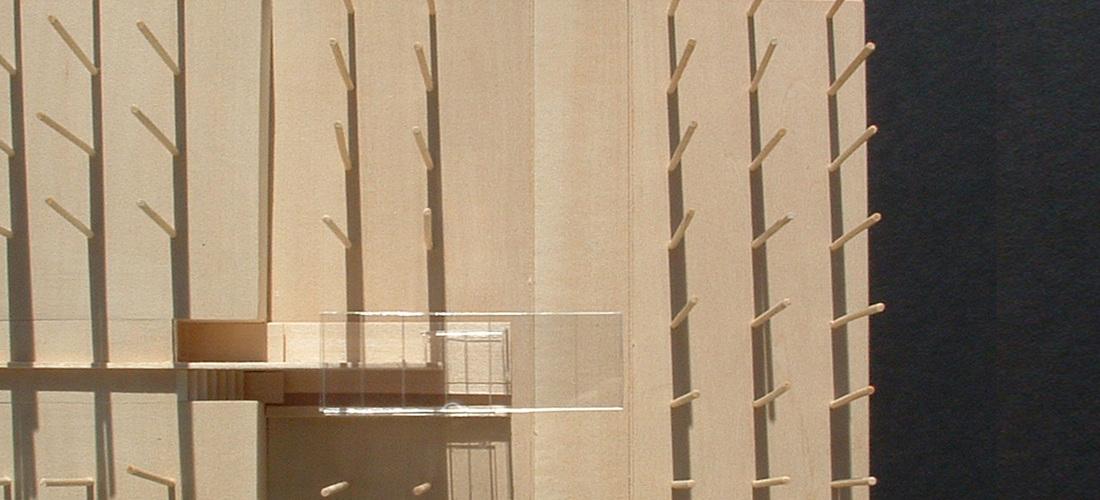|
FOUNDATION
L7 Studio Architects is a creative architecture and design firm committed to a balanced, and integrated built environment that expresses the highest aesthetic, environmental, and social ideals. As a full-service firm, L7 brings to each project the energy, enthusiasm, and dexterity of a young firm supported by experience and reputation attained while working at highly successful, established firms. Diverse experience in building types and scales, thorough analysis and planning, strong programming and implementation strategies, along with stakeholder collaboration, lead to exceptional projects that promote client goals and long-term sustainability with surrounding communities. PHILOSOPHY L7 Studio Architects’ design approach is based on timeless tenets of modern architecture and creative integration of program, site, structure, and materials, while its design style focuses on progressive and innovative design that expresses the culture of the project and its users. We view architecture as an instrument of human experience in which the fundamental principles of architecture, such as space, light, and form have a transformative influence by providing an environment that engenders freedom of thought, creative expression, and curiosity. Our inspiration for each project comes from the client, consultant team, and end-users as we develop a form, volume, and expression of materials unique to the project. Working carefully to understand the functional and behavioral patterns intrinsic to each new project and site, our goal is to produce a structure that leaves a lasting impression on users and visitors, heightening their sense of awareness, as we attempt to establish a dialogue between building users and their surroundings. L7 Studio Architects is steadfast in its belief that regardless of budget, scale, or programmatic challenges, quality design and aesthetics, and economically efficient solutions are not mutually exclusive. By incorporating a design strategy that seeks simplicity and through effective cost management and life cycle building cost analysis, we are able to achieve solutions that are economical and flexible. |
PROCESS L7 Studio Architects design process is a dynamic, open-minded, ongoing inquiry that is highly intuitive and flexible, void of boundaries and formulaic solutions. Through the process of studied investigation and dialogue, we develop an understanding of our clients, their priorities, and their aspirations. Together with stakeholders, we then begin by exploring both functional needs and the aesthetic goals of each project with no limiting preconceptions. We couple this understanding with a focused response to issues, such as site and program, project budget, environmental sustainability, architectural image, and appropriateness to the larger physical context. Our firm is not about developing a signature style, but rather design solutions that capture the unique personality and identity of each project we undertake. As we link design with time and budget concerns, careful consideration is given to the appropriateness of design choices rooted in context, both cultural and physical, as well as program, and construction. As a project evolves, we diligently maintain an awareness of our clients budget, schedule, and quality of work. It is through our ability to build a dynamic rapport with our clients and user groups, and our ability to understand and interpret user needs and goals that we create exceptionally functional buildings that fulfill the collective goals of the project. Our reputation is defined by how successful we complete our most recent projects and how pleased our clients are with those projects. SUSTAINABILITY L7 Studio Architects strongly believes that we have a responsibility to develop projects that are sensitive to contextual and environmental issues. Rather than implement sustainable measures that react to design, our design approach takes a proactive stance with sustainable practices in which design solutions are born out of sustainable ideas. Key Considerations: Minimal site disruptions Optimization of natural light and ventilation Passive heating and cooling Economy of space and materials Locally sourced materials Responsible materials Minimization of waste |

